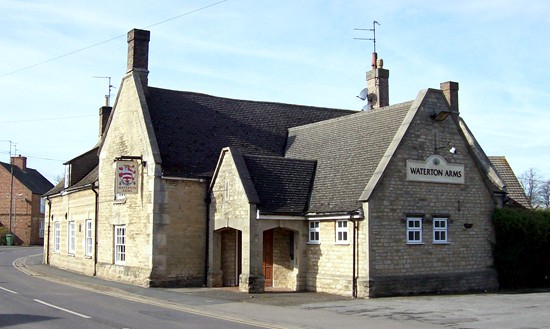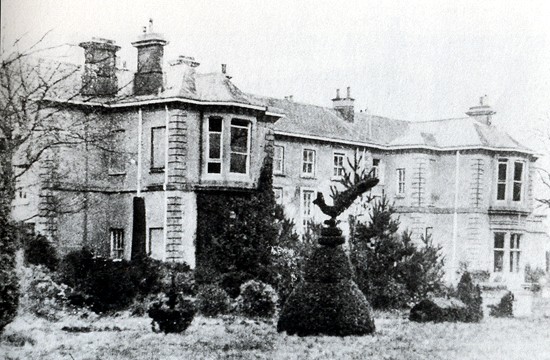|
The Waterton family
The Waterton Arms which can be found in Church Street, Deeping St James, is a reminder of the village’s connections with a distinguished family of Roman Catholic landed gentry reckoned to be one of the oldest in England and the inn bears their coat of arms on its sign. Charles Waterton (1782-1865) was a highly respected naturalist, pioneering conservationist and explorer who travelled widely in South America during the early years of the 19th century and later established a collection of birds and animals at his home in Walton Hall, Yorkshire. The family, which had originally lived in Lincolnshire, was proud of its lineage and claimed to be descended from Reyner de Waterton, the son of Norman of Normanebi who acquired the ville of Waterton and assumed the name in AD 1159, and of Sir Thomas More (1478-1535), the renaissance writer, statesman and Catholic martyr. His son Edmund Waterton was born in 1830 and educated at Stonyhurst, the Roman Catholic
achool in Lancashire. He was a magistrate and Deputy-Lieutenant for the West Riding
of Yorkshire and in 1877, he returned to Lincolnshire to buy the
18th century manor house at Deeping St James believing that his ancestors
had once owned the property, calling it Waterton Hall and adding two new
wings. He was also a devout Catholic who had been made a Knight of St John
and of the Order of Christ of Rome and in 1880 he built a small
Roman Catholic chapel adjacent to the hall, dedicating it to Our Lady of
Lincoln and St Guthlac. He was twice married, his second wife in 1881
being Ellen, only daughter of John Mercer, J P., of Alston Hall, Preston,
and like his father, he was a celebrated naturalist and well known in
archaeological circles as a contributor to many periodicals on the
subject. The funeral was held the following Tuesday at the chapel where he was interred in a new tomb, the ceremony being a particularly grand yet solemn occasion and a description of this event survives from the columns of the Stamford Mercury published the following Friday: "The body was placed in a new tomb in the chapel on the previous night and the public service was on Tuesday. The chapel was draped under the direction of Mr Clarabut of Peterborough, who furnished the pall, which was of deep violet cloth with a white fringe. The sides of the tomb were draped with violet and white and large wax candles were burning round it. Many beautiful wreaths and crosses of white lilies, roses and other choice flowers, sent by friends far and near, were about the coffin and tomb. There was also a crimson velvet cushion on the coffin and on it were placed badges, crosses, seals etc of a costly character, being studded with diamonds and presenting a rich appearance - emblems of the deceased's position in connection with the church. "The ceiling was draped with violet and white. The reredos, on which the candles were burning, was covered with black cloth edged with white frilling. The walls had fluted bands of black and white silk. The floor and steps of the altar were also covered with black. The gallery was festooned with white ribbon. Altogether, a solemn affect was produced. The funeral service was impressively conducted by the Rev Canon Waterton, cousin to the deceased, assisted by numerous priests. After the service, numbers of people were allowed to enter to see that last of their departed friend. The inscription on the coffin was: Edmund Waterton, K Ch., Deeping Waterton Hall, born 7th April 1830, died 23rd July 1887. R.I.P. The body was encased in lead by Mr Harrison and enclosed in a coffin of English oak by Mr J Lake." After Edmund Waterton's death, much of his estate passed to his brother, Thomas More Waterton, who purchased the Wheatsheaf public house in Church Street and renamed it the Waterton Arms to mark the family's presence in the locality although by the turn of the century he had left the village. Waterton Hall was sold at auction and ownership passed to the Marquess of Exeter, becoming known once again as the manor house and home to the Dowager Marchioness, although it was subsequently demolished around 1970 to make way for a new housing estate.
Return to Deeping St James
Go to: Main Index Villages Index |

